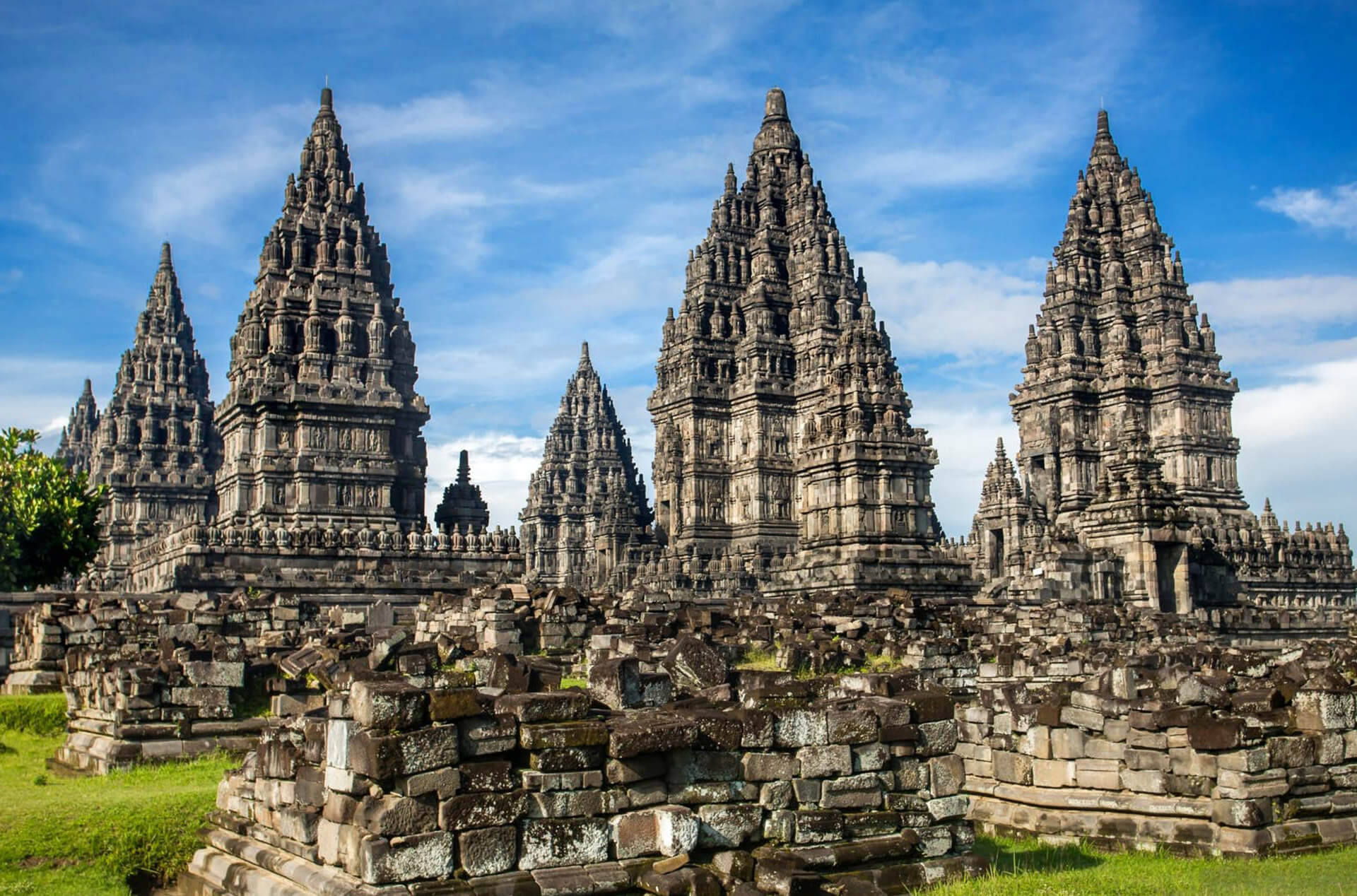
- On 22/02/2024
- In Blogs Travel Tips
- Tags:
Prambanan Temple
Source: Indonesia.Travel | UNESCO | Wikipedia
Prambanan Temple Compounds
Built in the 9th century to serve as the royal temple of the Kingdom of Mataram, Prambanan Temple Compounds 🇮🇩 with 240 temples is second in size only to Angkor Wat in South-East Asia. Mysteriously abandoned in the 10th century, and damaged by a 16th-century earthquake, it remains an evocative showcase of Hindu architecture, with classically tall, pointed temple designs.
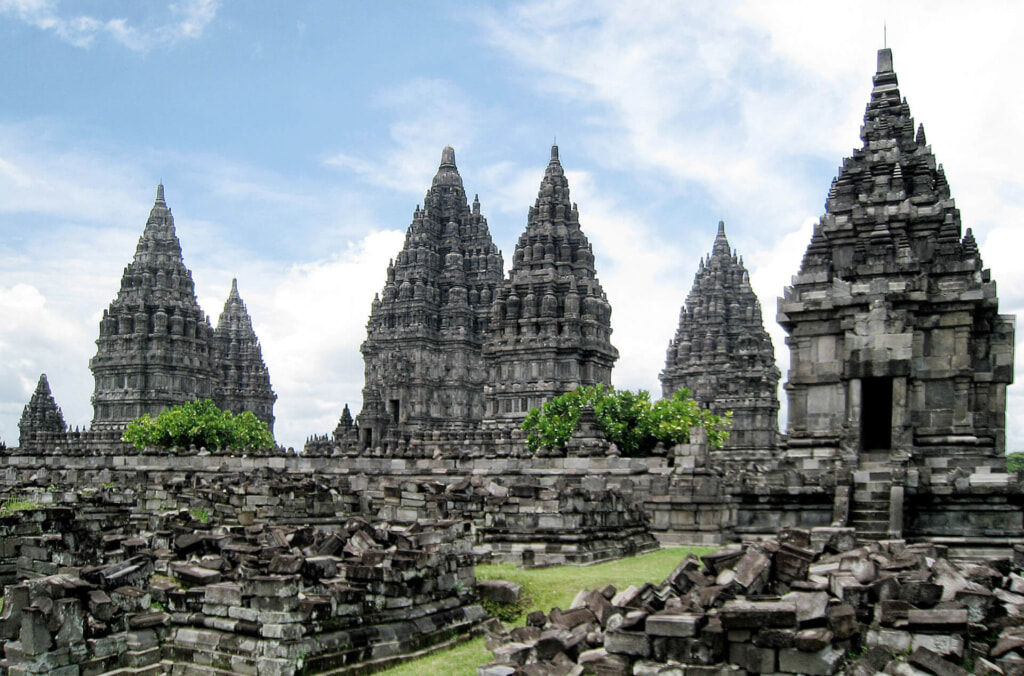
Yogyakarta, together with its twin city Surakarta (Solo), is the cradle of civilization on Java. This city was the seat of power that produced the magnificent temples of Borobudur and Prambanan in the 8th and 9th centuries and the new powerful Mataram kingdom of the 16th and 17th century. Yogyakarta was known with the slogan of «Jogja The Never Ending Asia» for its endless appeals. Today, it is also renowned as «Jogja Istimewa», a tagline that elaborates its special values.
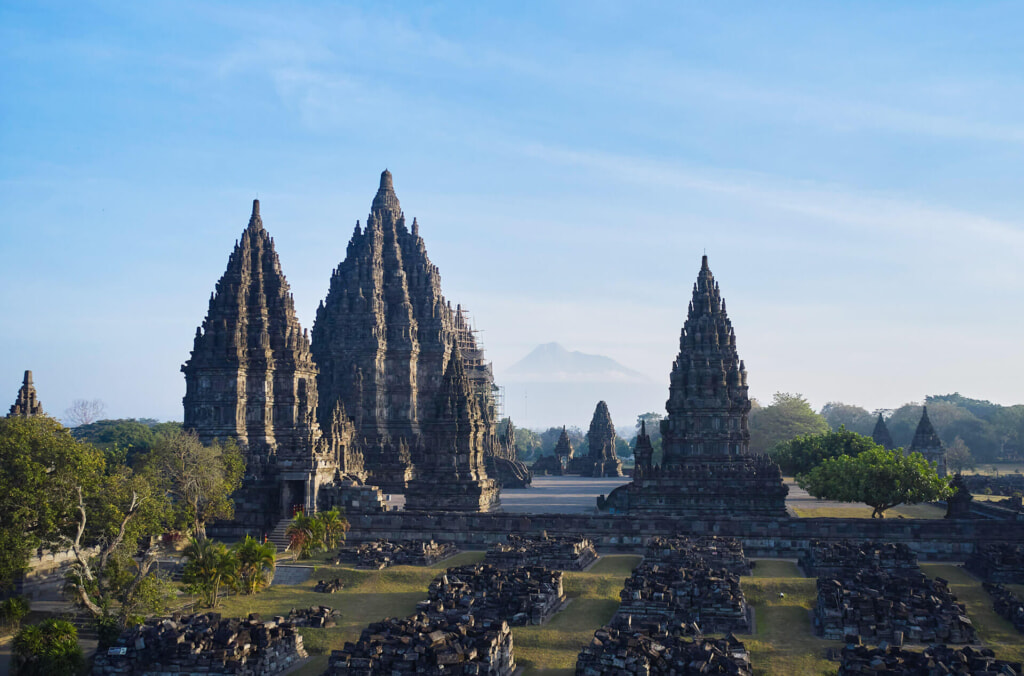
This city is one of the foremost cultural centers of Indonesia. From strolling through the living museum of The Kraton or The Keraton (Sultan’s Palace), to hanging out at the famous Alun Alun, to watching silversmiths produce amazing jewelry at Kotagede and maybe try a splurge shopping up at Malioboro road. Chasing sunrise in famous temples like Prambanan and Borobudur in the neighboring town of Magelang, are only some of the many more ways to never get bored in this relatively small yet bustling city.
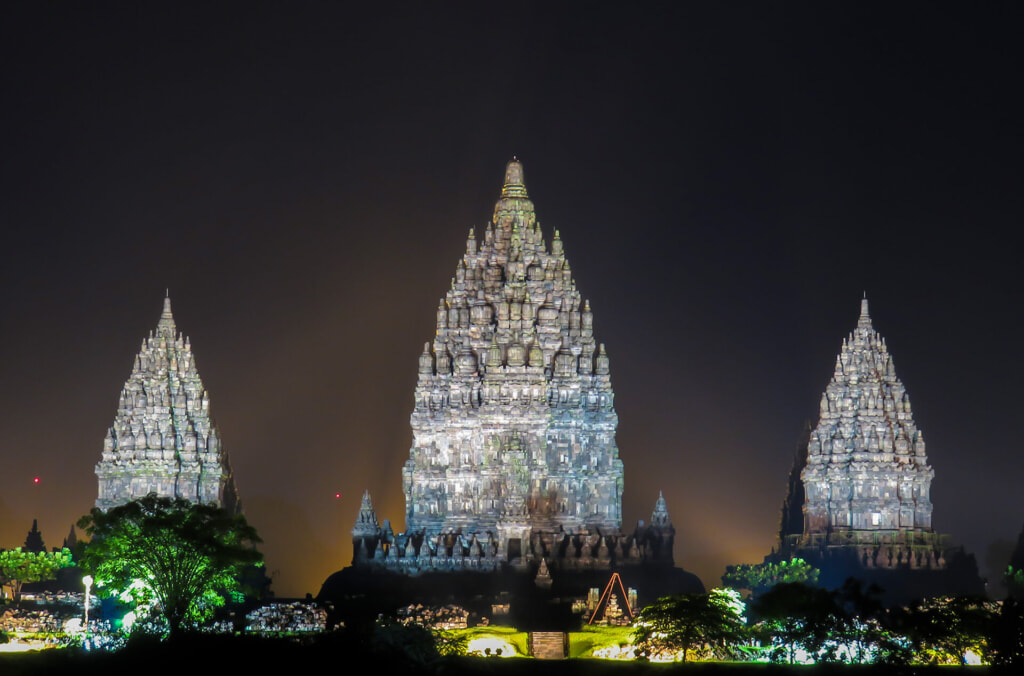
The Neverending Asia | The Wonders of the Ancient Heritage
You can experience all five wonders in this artsy city. Starting from indulging in the natural wonders, by visiting scenic beaches and photogenic landscape. Parangtritis, Indrayanti, Pok Tunggal, Siung, Krakal, and Jogan are some of the famous beaches in town. Breathtaking points such as Puncak Becici, Pinus Pengger, and Jurang Tembelan are only several of plenty more exciting back-to-nature destinations in Yogyakarta!
Yogyakarta is indeed a city with numerous attractions to enjoy. All of this and many more to explore has brought Yogyakarta as the second most visited destination in Indonesia after Bali.
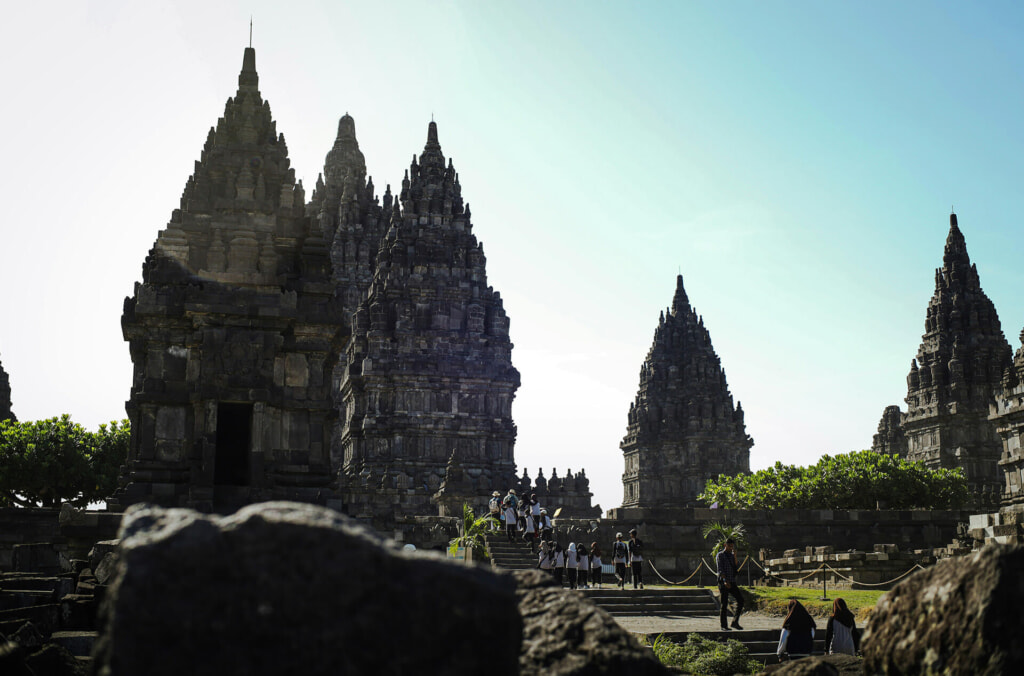
Built in the 10th century, this is the largest temple compound dedicated to Shiva in Indonesia. Rising above the centre of the last of these concentric squares are three temples decorated with reliefs illustrating the epic of the Ramayana, dedicated to the three great Hindu divinities (Shiva, Vishnu and Brahma) and three temples dedicated to the animals who serve them.
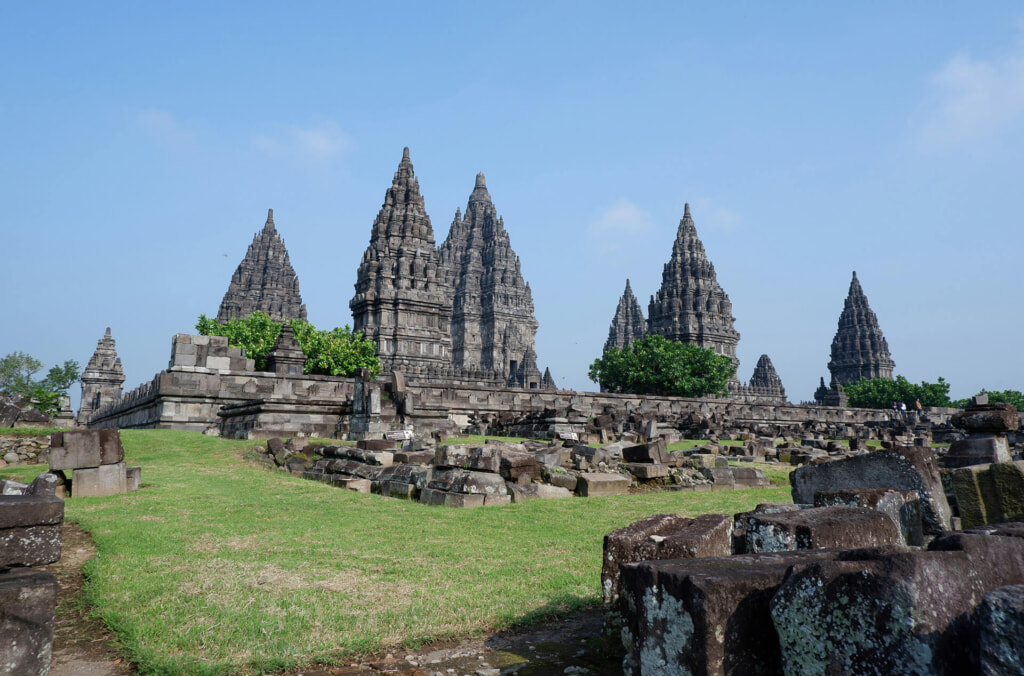
Prambanan Temple Compounds consist of Prambanan Temple (also called Loro Jonggrang), Sewu Temple, Bubrah Temple and Lumbung Temple. Prambanan Temple itself is a complex consisting of 240 temples. All the mentioned temples form the Prambanan Archaeological Park and were built during the heyday of Sailendra’s powerful dynasty in Java in the 8th century AD. These compounds are located on the border between the two provinces of Yogyakarta and Central Java on Java Island.
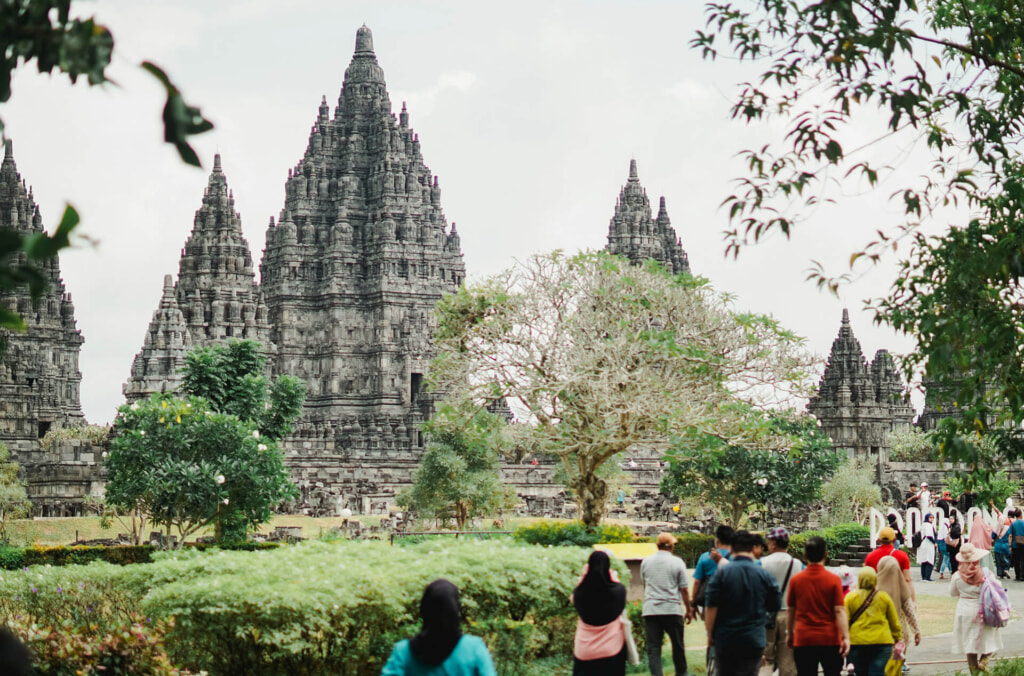
While Loro Jonggrang, dating from the 9th century, is a brilliant example of Hindu religious bas-reliefs, Sewu, with its four pairs of Dwarapala giant statues, is Indonesia’s largest Buddhist complex including the temples of Lumbung, Bubrah and Asu (Gana temple). The Hindu temples are decorated with reliefs illustrating the Indonesian version of the Ramayana epic which are masterpieces of stone carvings. These are surrounded by hundreds of shrines that have been arranged in three parts showing high levels of stone building technology and architecture from the 8th century AD in Java. With over 500 temples, Prambanan Temple Compounds represents not only an architectural and cultural treasure, but also a standing proof of past religious peaceful cohabitation.
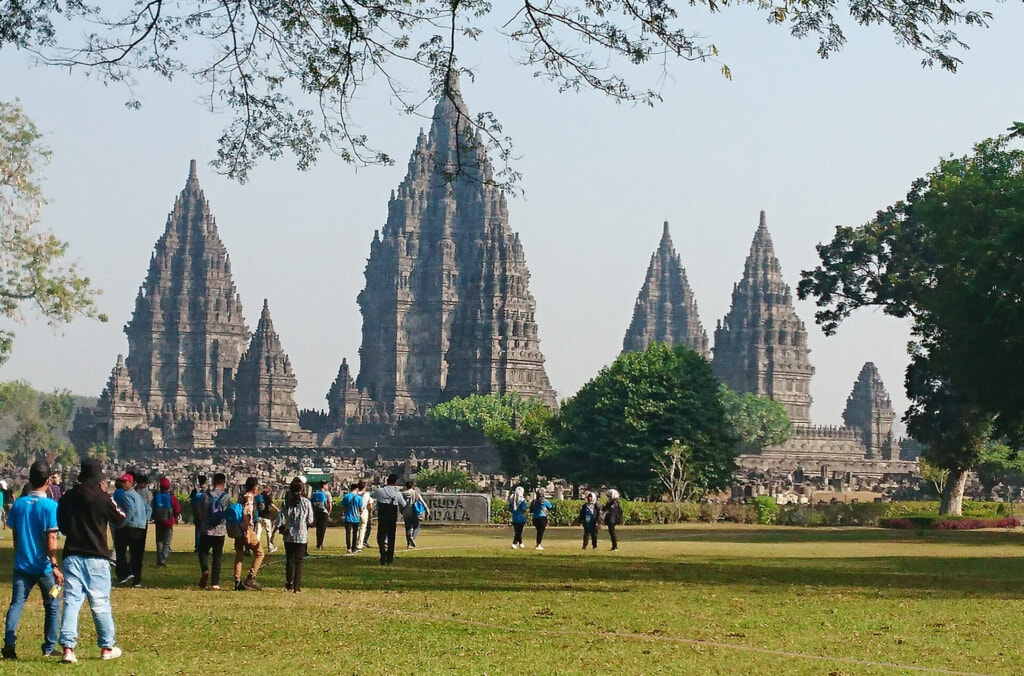
Prambanan Temple Compounds comprises of two groups of buildings which includes Loro Jonggrang, Sewu complexes, Lumbung, Bubrah and Asu (Gana). The 508 stone temples of various shapes and sizes are either in a complete and preserved condition or have been retained as ruins. This site includes all elements necessary to express its exceptional significance and is well maintained. There are no threats of development or neglect; however the area is prone to natural threats such as earthquakes and volcanic eruptions.
Prambanan Temple Compounds contains the original structures that were built in the 9th century AD. The temples collapsed due to earthquake, volcanic eruption and a shift of political power in the early 11th century, and they were rediscovered in the 17th century. These compounds have never been displaced or changed. Restoration works have been conducted since 1918, both in original traditional method of interlocking stone and modern methods using concrete to strengthen the temple structure. Even though extensive restoration works have been done in the past and as recently as after the 2006 earthquake, great care has been taken to retain the authenticity of the structures
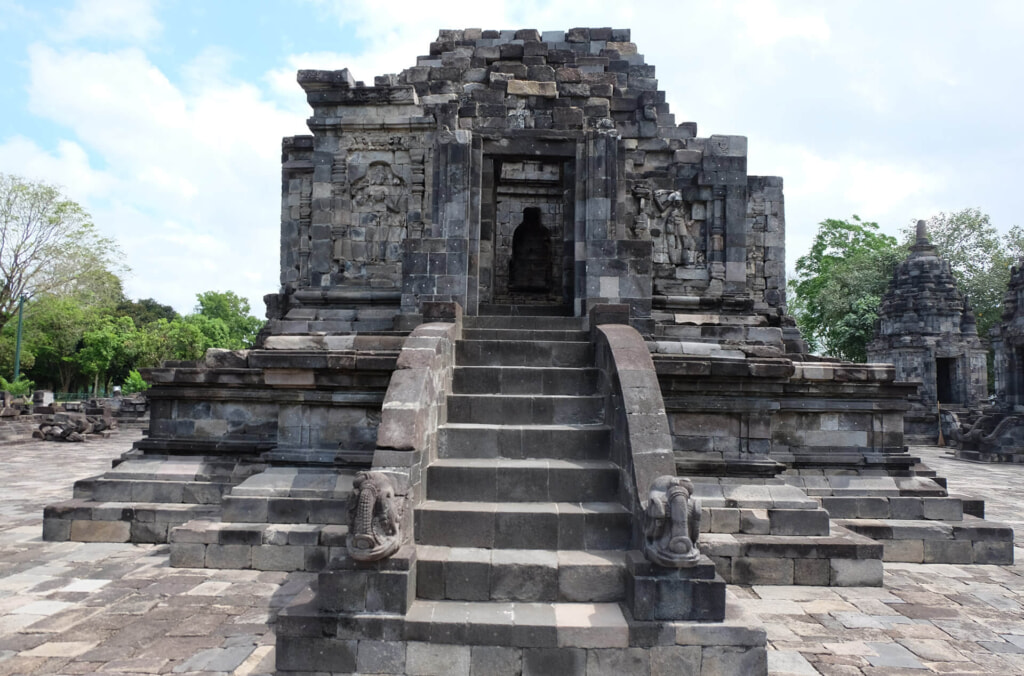
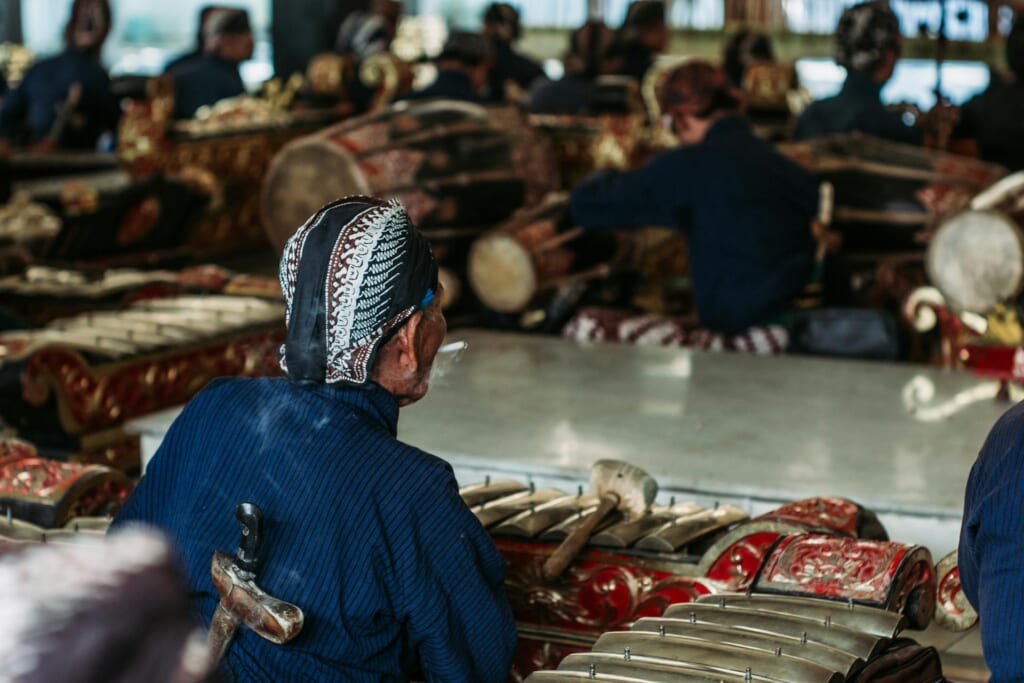
Thiên Xuân Travel – Live your travel dreams!
Park 2, 208 Nguyen Huu Canh Street, Ward 22,
Binh Thanh District, Ho Chi Minh City, Vietnam
📨 booking@thienxuantravel.com
☎️ +84 888 890 898 — 0938 558 228
Office in the United States
14114 Beech Glen Dr, Houston, TX 77083
☎️ +1 (281) 906-2744

